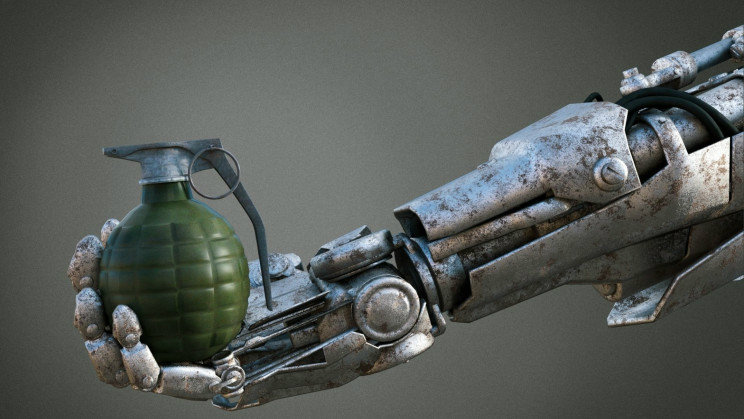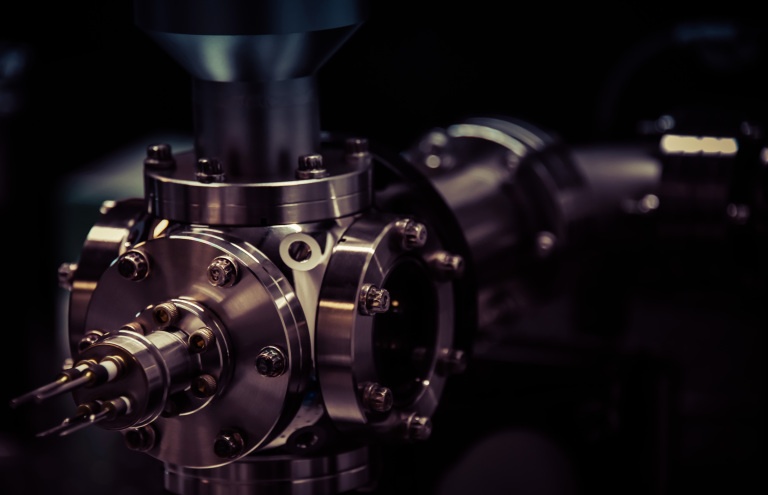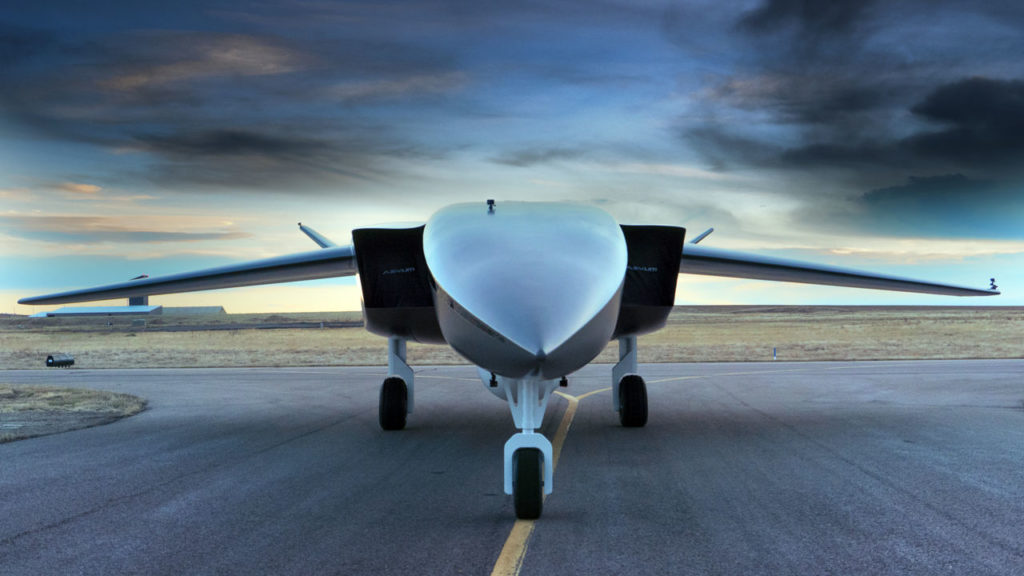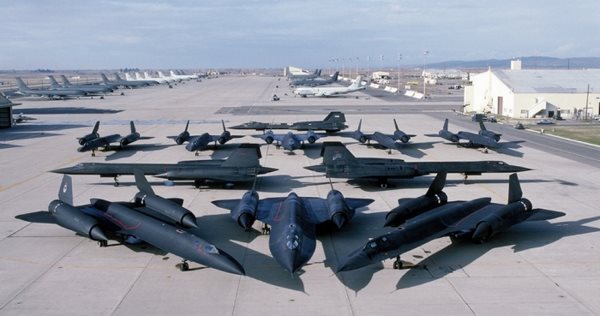Life In 2050 – Part 1: A Look At Future Software Wars
Since The Advent Of Civilization, Mankind Has Been At War With Itself. Of Course, We Do Not Mean That Humans Did Not Kill Each Other Before The Advent Of Agriculture, Did Not Build Systems, Did Not Exploit Animals, And Did Not Work With Metal Or Any Other “Civilized” Behavior. As Long As Humans Have Existed, They Have Used All Available Tools And Resources To Fight Each Other.
Life In 2050, But great armies and battles did not really appear until the third century AD. At this point, the factors of a real battle emerged: infantry, coordinated maneuvers, military sieges, and control of conquered areas were among the new concepts of the period.
As time went on, armies and battles changed and began to take advantage of technologies and other improvements.
It can be said that war is a line by which the progress of civilization can be measured. To put it another way, by examining the different dimensions of armies, one can measure the progress of civilization.
Human civilization has undergone far-reaching changes in the last century, and many of these changes have been reflected in how we fight.
By the middle of the present century, the changes will be even greater, much more! With the rapid advancement of technology and the questions that have been raised about the fate of human societies, these changes will be theatrical.
In fact, we may achieve such a revolution in battles that our predecessors will not be able to imagine them as “war” at all.
New changes and new threats

Between 1945 and 1991, the geopolitical balance was struck with the two great superpowers and their allies in the Cold War. Thirty years later, this structure has changed dramatically. Since the collapse of the Soviet Union, we have witnessed many changes in the alliances, the world economy, and technology.
According to a 2020 report by the US Department of Homeland Security, the biggest threat to national security is no longer nuclear war or conventional warfare. Instead, cyber warfare, terrorism, foreign relations activities, international cartels, illegal immigration, and natural disasters are the main threats.
The power of national governments will be significantly reduced, and instead, we will see the rise of autonomous regions, metropolitan areas, and the private sector.
By 2050, the growth of distributed systems, quantum processing, 3D printing, cryptocurrencies, biotechnology, and climate change is expected to bring about far-reaching changes.
Some specifically argue that the power of nation-states will be significantly reduced and that we will instead see the rise of autonomous regions, metropolises, and the private sector.
Simultaneously, technologies such as the Crisper gene-editing method, desktop bioprinters, genetic databases, and AI-based software lead to new opportunities in bioterrorism. With the right training, equipment, and resources, more dangerous actors will engineer viral bodies or various toxins in laboratories.
As a result, the opportunities for conflict and the number of actors in this field will increase significantly and exponentially.
The future of combat may depend on several key factors: new technologies, new threats, the obsolescence of heavy armor, and the arrival of drones, robots, and even cyborgs.
Because of these emerging changes, it is difficult to predict what future battlefields will look like. However, by examining emerging technologies and dynamic changes, relatively accurate and general conclusions can be drawn about what awaits us.
Ultimately, the future of combat is likely to depend on several key factors: new technologies, new threats, the obsolescence of heavy armor, and the arrival of drones, robots, and even cyborgs to replace humans.
Quantum battle

Events such as GhostNet, Operation Olympic Games, and DNC cyberattacks in 2016 revealed important facts about cyber warfare. Since the advent of the Internet, countries worldwide have been looking for ways to use it as a weapon against other countries’ financial markets and computer systems.
Outside of governments and armies, there is the threat of independent hackers and hacker groups. Groups such as Anonymous and WikiLeaks have shown how hackers and ” hacktivists ” can do great harm and cause major disruption to mechanisms. It is understandable why today’s governments are recruiting hackers to protect their critical infrastructure (or launch cyberattacks).
Quantum computers rely on the principle of particle overlap instead of binary digits (zeros and ones)
As soon as quantum processing becomes available, the situation will change dramatically. Compared to their “classic” counterparts, quantum computers rely on the principle of particle overheating instead of binary digits (zeros and ones).
This allows quantum computers to process astronomical values simultaneously and do so at a very high speed.
Two important factors in the development of quantum computers are the number of qubits (the quantum equivalent of bits in classical computers) and the synchronous time – the length of time that a qubit can hold information.
In the 2010s, the most powerful quantum computers were less than 100 qubits and their cophasic time ranged from a few nanoseconds to a few microseconds.

During the 2030s and 2040s, the number of qubits and the synophase time will both improve significantly, to the point where they will probably be able to complete RSA-2048 encryption in 10 seconds. Large-scale quantum computers will also make their way to more locations than laboratories, and so we will see a wealth of new opportunities for research as well as risky work.
Public key encryption will be completely useless against quantum hacking, and people will not be able to trust any data sent or received on the Internet.
Although governments, armies, and large organizations will be vulnerable to potential breaches, any system that still implements older, digital platforms will be vulnerable.
First of all, public-key encryption will be completely useless against quantum hacking, which means that people can not trust any data sent or received on the Internet. This can make many everyday activities such as internet banking or even credit cards completely unreliable.
Quantum computers will also make their way into cyber battles.
Several different governments (such as the United States and China) are currently in “quantum competition,” meaning they are working on new forms of cryptography and trying to achieve new ones ahead of their competitors.
Unless batch encryption techniques are advanced in this area, anyone who achieves “quantum superiority” sooner will have a golden opportunity. Until the rival government can establish a new cryptographic protocol for retaliation, anyone who achieves this advantage will access everyone else’s databases.
UAVs everywhere!

Since the beginning of the new century, the use of military drones has increased significantly. Reasons for expanding these drones include reducing risks, improving operations in remote areas, the desire to reduce casualties, and the growth of counter-terrorism operations.
According to a 2013 study by the Brookings Institution, from 2008 to 2013, the number of drone pilots trained in the US Air Force rose from 500 to 1,300. This means that drones now make up 8.5 percent of the total number of US Air Force pilots.
Since 2012, the number of drones trained by the US Air Force has increased from the total number of pilots trained to fly fighters and bombers.
Drones now make up 8.5 percent of the US Air Force.
Currently, developers of drones are trying to make these drones smaller, more secretive, and more powerful. This is done by building technologies that allow drones to chain missions, refuel between land and air, and move military cargo.
Following this trend, drones could completely replace the airplanes behind which pilots sit until the middle of the current century. On the other hand, much research is now being done on developing ultrasonic aircraft capable of flying, air combat, and landing without human supervision.
However, there is still the possibility of using human pilots for large-scale air operations, and self-propelled drones or remote controls will play the role of “co-pilot.”
Another possibility is the development of micro-drones: tiny drones that are only one-thousandth of a meter long. These drones can fly in groups and destroy enemy targets with very coordinated movements.
More secretive

Another change that is clearly visible right now is the growth of stealth technologies. The development of radar absorbing materials and radar-repellent surfaces began in the mid-1970s. It led to the production of the first reconnaissance aircraft until the late 1980s – such as the F-117 Nighthawk and the B-2 Spirit.
About 40 years later, stealth technologies have improved, and now we have the fifth generation of fighters, next-generation drones, ships, and even unidentified tanks.
With this advancement, as long as advanced imaging technology and detection methods are available, covert technologies will also be soft on the battlefield. Now even infantry are looking for a way to go about their missions more secretly.
As long as advanced imaging technology and detection methods are available, stealth technologies will be soft on the battlefield.
Although infantry has used camouflage since the 19th century, modern armies are looking for new ways to remain indistinguishable. Digital camouflage, for example, has become an alternative to older models, and more military units are using silencer guns. Interestingly, the US Navy recently mandated the use of mufflers for all its forces.
Extensive research is being done on the “invisibility” of infantry units. Examples include “hidden screen” technology that removes heat traces and “invisible cloaks” that allow soldiers to virtually integrate with their surroundings.
Death Bell Tanks

For decades, military tanks have been the mainstay of modern battlefields. Since the end of the Cold War, however, tanks have faced many challenges, indicating that the technology is nearing completion. By 2015, close competition between tanks and anti-tank systems will eventually lead to both technologies’ obsolescence.
During the first Chechen war, the Iraq war, and the war in Afghanistan, tanks were either not suitable for indigenous peoples or suffered heavy casualties in close combat in urban areas.
In the 1970s, tanks were the mainstay of countries for military battles, and each developed country adopted a single model of tanks. Different countries built their own tanks.
The United States had the M1 Abrams, and the Soviets developed the T80 and T90, the Germans boasted the Leopard II, the French the Leclerc, the Chinese the ZTZ80 / 88, and the British the Challenger 2.
In each case, they have seized it, despite obstacles we can scarcely imagine.
” At the same time, anti-tank systems developed rapidly and came in a wide range of equipment, from RPGs to guided missiles and laser-guided missiles.
Things got even worse as anti-tank systems took on a more sophisticated form and played a more effective role in post-war battles. During the first Chechen war (1994-1996), the Iraq war (2003-2011), and the war in Afghanistan (2001-2021), tanks were either not suitable for indigenous geography at all or suffered heavy casualties in close combat in urban areas.

Most military battles in the modern age have taken place without tanks shows that this technology is no longer relevant.
Given the high cost of producing advanced armor for tanks and their lesser role on the battlefield, armies worldwide are now planning to replace tanks with more flexible combat systems.
In 2014, for example, the Defense Advanced Research Projects Agency (DARPA) unveiled the Ground X-Vehicle Technologies (GXV-T) program to explore alternatives.
In 2016, Christopher Orlowski (Program Manager) explained that the GXV-T is driven by traditional technologies that lead to improved vehicle movement on the battlefield, greater capability, and crew safety.
With the GXV-T, DARPA challenged the “more armor means better protection” mentality and stepped into the path of more innovative technologies for the 21st century and beyond.
With the GXV-T, DARPA questioned the “more armor means better protection” mentality and stepped into the path of more innovative technologies for the 21st century and beyond.
By 2050, this will lead to the complete obsolescence of tanks, and instead, we will see lighter vehicles with wheels, adjustable parts, and even special bases. Instead of heavy armor, these vehicles will rely on radar, AI-based status detection software, and countermeasures for a potential threat.
Another layer of defense in this new equipment could be active drones and camouflage (similar to the invisibility cloak). Diesel engines will no doubt be replaced by high-capacity batteries or hydrogen fuel cells.
And instead of a three- or four-person crew, these new vehicles can have only one driver, either remotely controlled or fully self-driving.
Human-machine interface

Soldiers made of flesh and blood on battlefields will also use robotic units to boost almost all of their capabilities. In fact, battlefield robots have now become one of the main focuses of DARPA and other developers who will be responsible for advancing future missions.
Possibilities in this area include robots similar to the Atlas Anthropomorphic Robot, the Legged Squad Support System, and the Spot, all built by Boston Dynamics.
These robots and other similar models have been developed based on the rules of bio-imitation. By imitating the movements of living organisms, they achieve a wider range of movements and flexibility than previous examples.
The exoskeletons are expected to arrive very soon and allow the soldiers to have as much strength, endurance, and carrying capacity as possible.
Then comes Unmanned Group Vehicles, the ground-based counterpart of drones that are now widely used. Examples of these “battlefield robots” include the TALON bomb disposal unit, the Taifun-M reconnaissance and armored robot, and the Gladiator Tactical uncrewed vehicle.
These robots can handle a wide range of tasks, from carrying ammunition and defusing mines and bombs to patrolling and supporting. These robotic systems are likely to take on a more common and complex form and will be fully automated in the future.

But probably the most extreme way for robots to enter the battlefield is to integrate them with the soldiers themselves. The exoskeletons are expected to arrive very soon and allow the soldiers to have as much strength, endurance, and carrying capacity as possible.
According to a recent report by the US Department of Defense, it will be 2050 years that cyborg soldiers will be found in abundance in the US military.
According to the report, the “cyborg technologies” listed below will have the greatest impact in this area:
Improvement in vision: With special eye implants, it is possible to improve the ability of soldiers to see and increase their environmental awareness. By installing special circuits in the eye, soldiers can see other wavelengths (such as infrared), have better night vision, see movements more clearly, and better identify targets.
Programmed muscle control: Future soldiers can have a wide array of sensors inside their bodies that improve muscle control with small stimulus pulses. Along with an AI-based environmental perception package, these sensors can automatically lead to hazard prevention.
Direct Neural Improvements: The ability to embed chips directly into the human brain allows us to connect the brain to the machine and brain-to-brain interactions.
In other words, soldiers will communicate directly with automated systems and other soldiers, and these chips can be used to optimize commands, controls, and operations extensively.
Cybernetic components will also appear in the field of treatment and rehabilitation of soldiers. For example, nerve implants can treat the symptoms of a concussion – such as memory loss, dizziness, headache, nausea, inability to concentrate, and difficulty receiving new information.
These implants are likely to look like flexible integrated circuits located in damaged brain areas and essentially “bridge” between damaged nerves.
Similar implants can be used to treat the symptoms of post-traumatic stress disorder (PTSD), effectively breaking the link between the external stimulus and the panic reaction.
Conclusion?

We have an old saying: “Soldiers are always preparing for battle in the last war.” This means that armies are constantly evolving to meet new challenges (such as antivirus software).
This age-old tradition is sure to continue in the future, and it is challenging to predict the outcome of human military efforts.
Although accurate predictions are never easy, the nature of the war is expected to change by the middle of this century with a few major changes:
- Distributed technologies lead to the emergence of new terrorist threats
- Quantum processing leads to increased tensions in cyber-warfare
- Secret technology leads us to “true invisibility.”
- There will be no more tanks or tank battles.
- Robots and cyborgs will take the main roles on the battlefield
On the other hand, some things never change. For example, war is always a human endeavor. Even if the robots take over the battlefield, they will fight side by side and follow humans.
In addition, armies are constantly forced to adapt to emerging conditions and technologies, especially those that provide new opportunities for turmoil and destruction.
And in the end, the war will never be predictable, and we will probably achieve all our expectations of future battles with limited success.
Even if future armies have access to artificial intelligence and quantum processing to explore different scenarios and possibilities, the accelerated nature of technological change will allow us to experience new levels of uncertainty.











